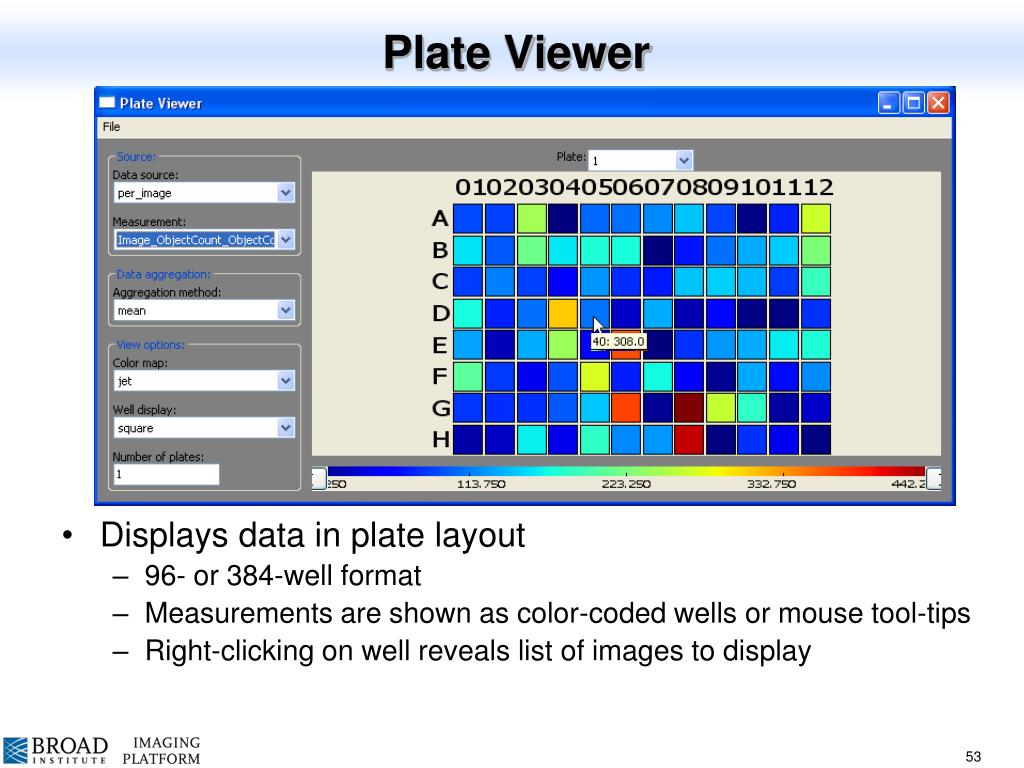
You will be able to specify that Classifier only retrieves objects that it deems to be in a particular class or objects that are difficult to classify so that you can correct errors. Repeat steps 2–5 to fetch and sort more objects.Enter the number of top features you want to see (or if FastGentleBoosting is the chosen classifier, the maximum number of rules you want Classifier to look for).

Bin names can be changed by right clicking empty space in the relevant bin. Often, two bins are used: positive and negative. Manually sort the unclassified objects into classification bins, adding additional bins if needed.Objects will appear in the unclassified bin. Groups will only be available if defined in your properties file (section II). Specify whether Classifier should select these objects from the entire experiment, a single image or a group, and whether it should apply any filters.Launch Classifier and enter the number of objects you want Classifier to fetch.Group (if you have defined groups in your properties file see section II.G), and computing theĮnrichment/depletion of each class per image or per group. ThisĮntails classifying all objects, counting how many objects of each class are in each image or Once classification reaches a desirable accuracy, Classifier can “score” your experiment. Rounds of refinement are necessary to train Classifier to recognize the

That Classifier scores as being in a particular class īy fetching the objects predicted by Classifier to belong to a certain class and correcting errors in these classifications, subsequent Classifiers rapidly improve. Once Classifier is trained, you canĬontinue training by fetching and sorting either more random objects or those objects Once each binĬontains several example objects, you can start training Classifier on the annotated set, i.e., asking the machine to learn how toĭifferentiate the classes.

Them into classification bins (representing object classes), to form an annotated set. You first request ( Fetch) object tiles (cropped from their original images), then manually sort User-supervised machine learning methods to object measurements. Classifier allows you to train the computer to identify objects of interest by applying iterative,


 0 kommentar(er)
0 kommentar(er)
